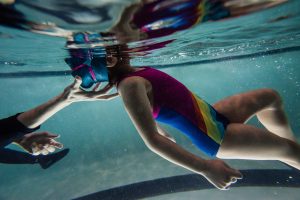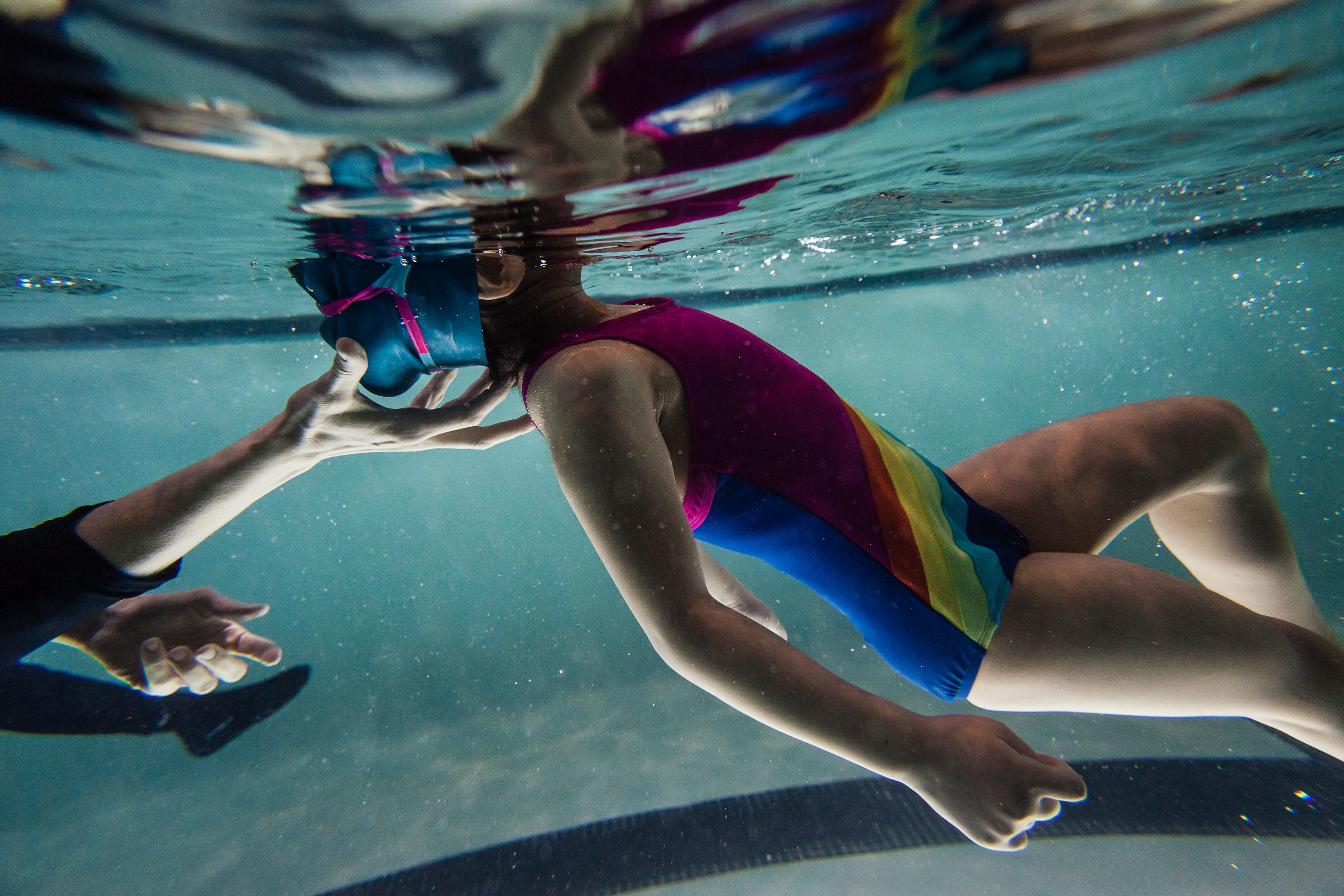Drowning is a Silent Killer:
The #1 cause of death for children ages 1-4
Never Leave a Child Unattended Near or In a Body of Water
- Teach children water safety and swimming skills as early as possible. Teach children to always ask permission to go near water.
- Install four-sided isolation fencing (at least five feet high) around your home pool, equipped with self-closing and self-latching gates. NEVER prop the gate to a pool area open.
- Don’t leave chairs or other items of furniture where a child could use them to climb into a fenced pool area.
- Equip doors and window that exit to a pool area with alarms. Pool covers provide an additional layer of protection.
- Designate a person and maintain constant visual contact with children whenever they are in, on or around any body of water. Do not designate a child to supervise other children.
- Always supervise children when visiting another home. Never assume someone else is watching a child in a pool area.
- Don’t rely on swimming lessons, life preservers or other equipment as a substitute for supervision.
- Don’t leave objects such as toys that might attract a child in the pool and pool area.

Sweet Blue Swim Academy :: Greenwich, CT
© 2018 JAGstudios :: Jacklyn Greenberg
Don’t think you’ll hear a child who is in trouble in the water;
a child drowning is a silent death,
with no splashing to alert anyone that the child is in trouble.
In Your Home:
- Never leave a young child unattended in a bath tub and do not trust a child’s life to another child or to aids that help a child sit upright in the tub.
- Use Safety locks on toilets and keep bathroom doors closed and toilet-bowl covers down if there are small children in the home.
- Empty cleaning buckets immediately after use.
- Empty kiddie pools immediately after use.
- Know water hazards in your community: drainage ditches, garden ponds, creeks and streams, wells and cisterns, and canals.
Practice Water Safety:
- Always brief babysitters on water safety, emphasizing the need for constant supervision.
- If a child is missing, check the water first. Seconds count in preventing death or disability.
- Know how and when to call 9-1-1. Install a poolside phone, preferably a cordless model with emergency numbers programmed into speed dial.
- Learn CPR and First Aid and post instructions near the pool.
- Have appropriate equipment, such as reaching or throwing equipment, a cell phone, life jackets and a first aid kit.
- Swim in designated areas supervised by lifeguards. Even so, actively supervise your kids even when a lifeguard is within reach.


